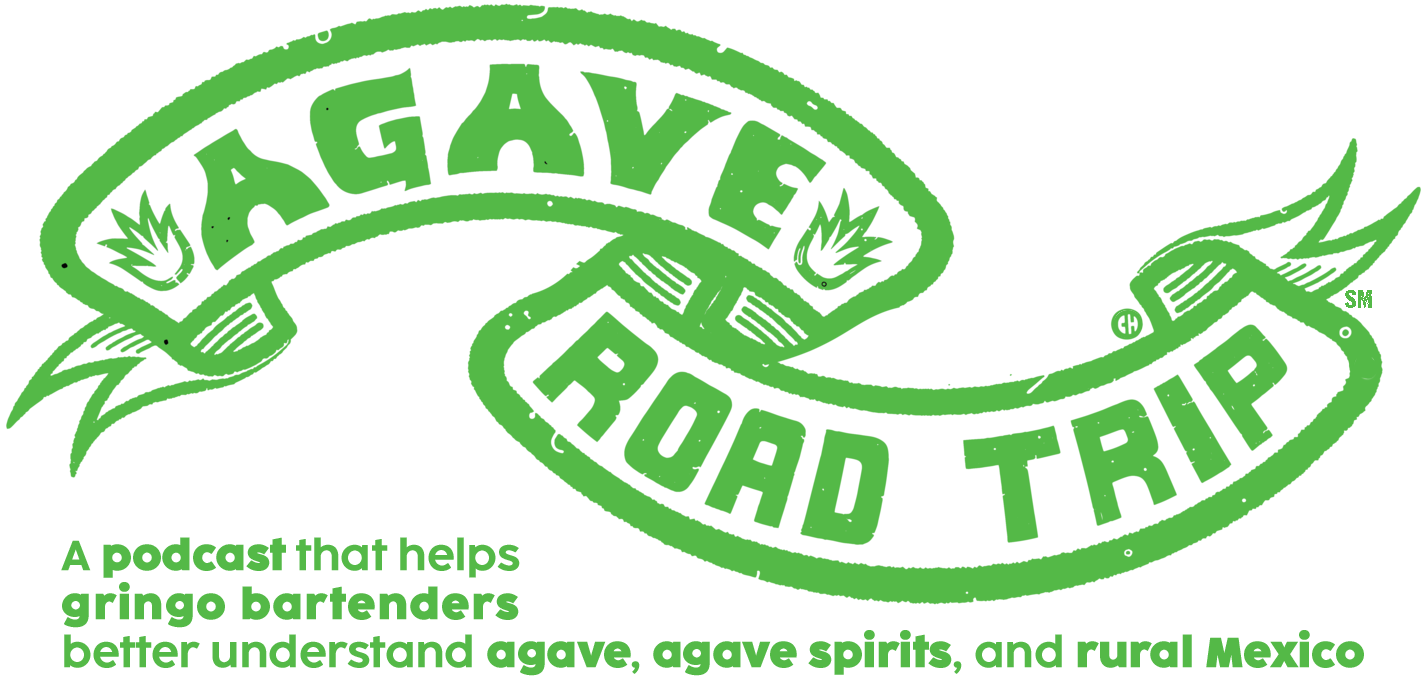The rainbow of problems with food coloring
For thousands of years, we’ve been adding color to our world to make it more beautiful — and cocktails are no exception. But before you add that dye, consider the advise of our Chief Medical Correspondent, Dr. Ryan Aycock — the Cocktail MD! He’s here to drain the color from your your face and your recipes in this episode of Agave Road Trip!
Agave Road Trip is a critically acclaimed, award-winning podcast that helps gringx bartenders better understand agave, agave spirits, and rural Mexico. It’s hosted by Lou Bank and Chava Periban.
Episode Notes
Whether the addition of food coloring agents to our food causes maladaptive effects has been studied since at least the 1970s. Ben Feingold wrote the book Why Your Child Is Hyperactive, in which he blamed artificial flavors and colors.
Hyperactive children had impaired learning on days in which a food dye mixture was given. Non-hyperactive children experienced no effect from the food dye. “Food dyes impair performance of hyperactive children on a laboratory learning test,” J M Swanson and M Kinsbourne, Science, 1980 Mar 28;207(4438):1485-7.
Researchers looked separately at three-year-olds and at a group of eight and nine-year-olds. These children were given a mixture of artificial food colourings and sodium benzoate preservative for several weeks. The result was that hyperactivity increased in the food coloring groups. (sunset yellow [E110], carmoisine [E122], tartrazine [E102], and ponceau 4R [E124]). “Food additives and hyperactive behaviour in 3-year-old and 8/9-year-old children in the community: a randomised, double-blinded, placebo-controlled trial,” by Donna McCann 1, Angelina Barrett, Alison Cooper, Debbie Crumpler, Lindy Dalen, Kate Grimshaw, Elizabeth Kitchin, Kris Lok, Lucy Porteous, Emily Prince, Edmund Sonuga-Barke, John O Warner, and Jim Stevenson, Lancet, 2007 Nov 3;370(9598):1560-7.
Children were given random and varying amounts of Yellow 5 in the morning. Their parents filled out behavioral questionnaires every 24 hours. This paper is difficult to follow, but the authors concluded that several children had irritability, restlessness, and sleep disturbances after ingestion of Yellow 5. “Synthetic food coloring and behavior: a dose response effect in a double-blind, placebo-controlled, repeated-measures study,” by K S Rowe and K J Rowe, Journal of Pediatrics, 1994 Nov;125(5 Pt 1):691-8.
College students with ADHD were given cookies with and without food coloring. On the food-coloring days, they self-reported worsening attention than the days without use of food coloring. Researchers went so far as to perform EEGs on participants, but found no difference in brainwave activity. The same study was repeated in college students without ADHD, and found no effect from the food coloring. (Red No. 40, Red No. 3, Yellow No. 5, Yellow No. 6, Blue No. 1, Blue No. 2) “Artificial food coloring affects EEG power and ADHD symptoms in college students with ADHD: a pilot study,” by Anna E Kirkland, Mackenzie T Langan, and Kathleen F Holton, Nutritional Neuroscience, 2022 Jan;25(1):159-168.

